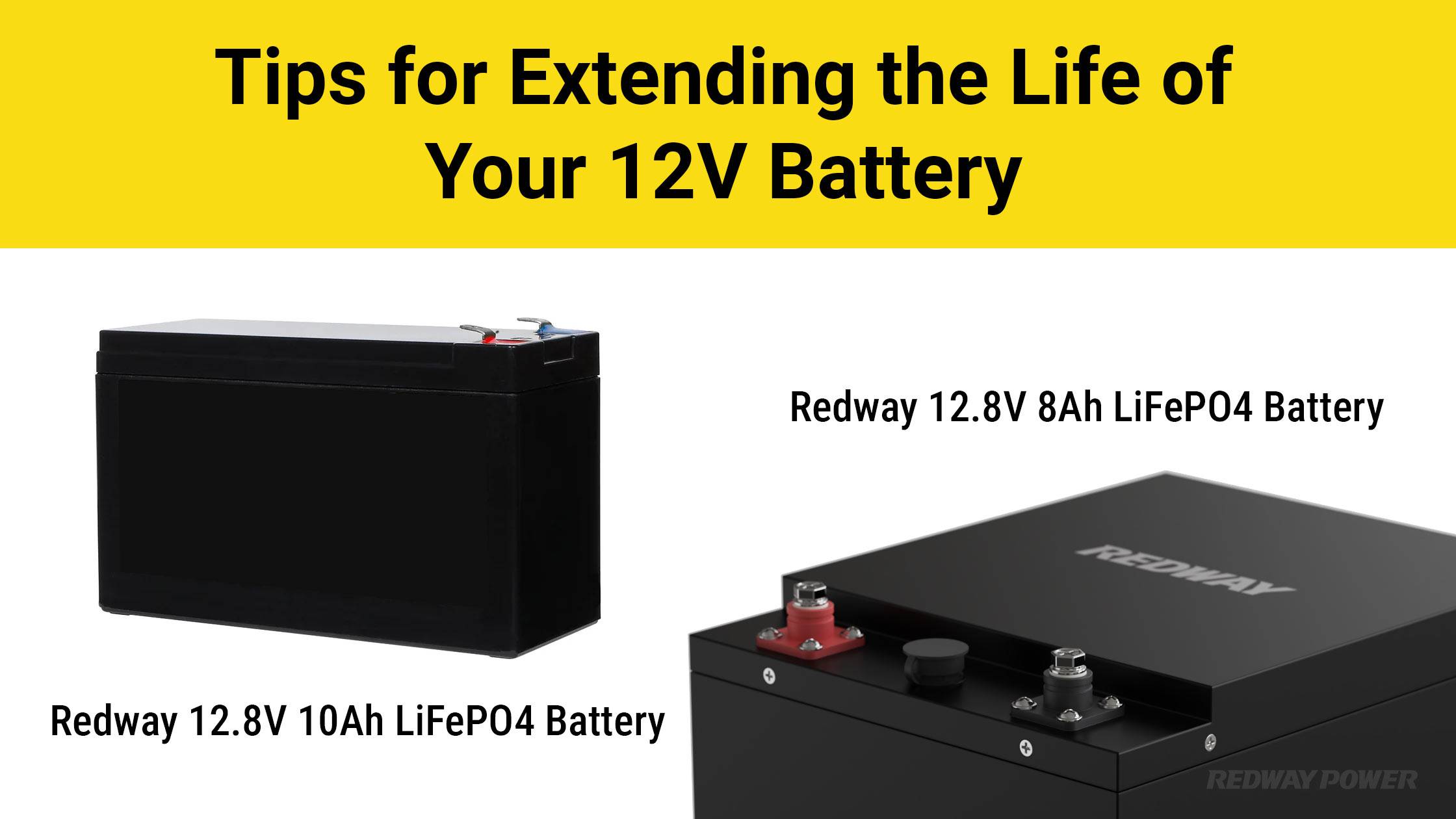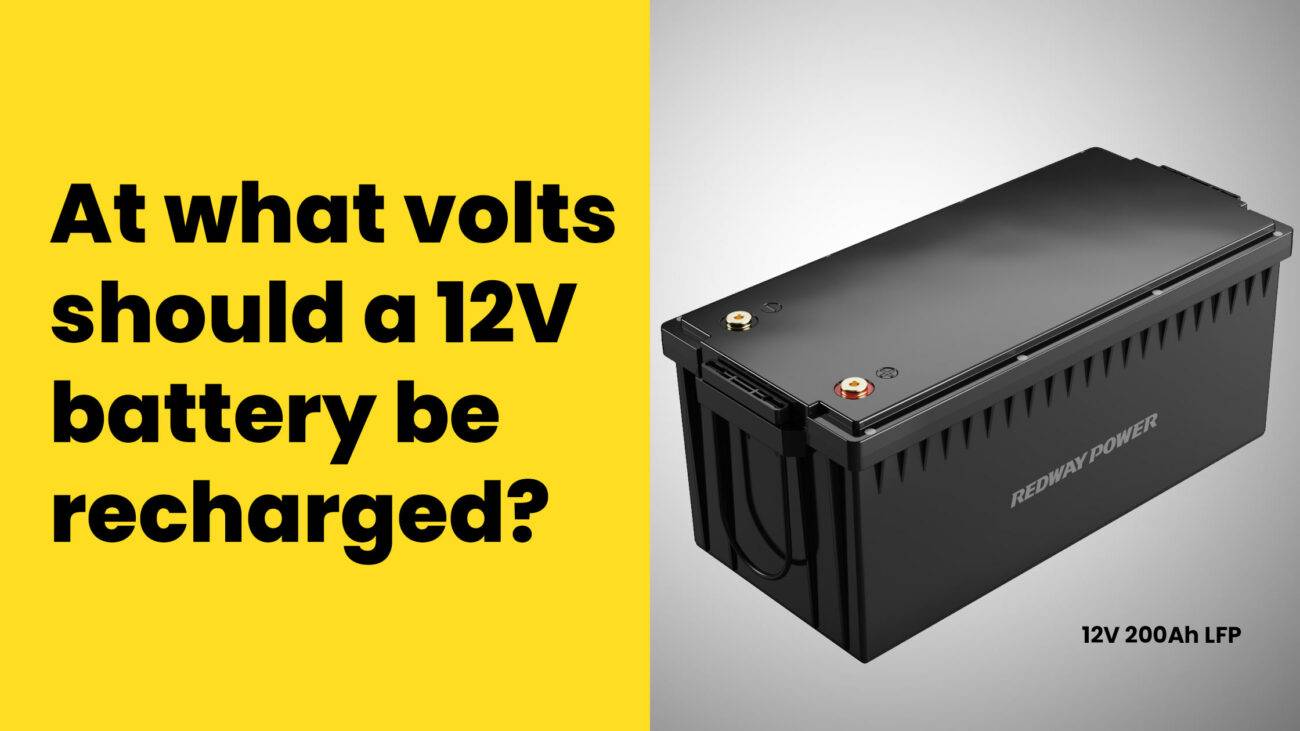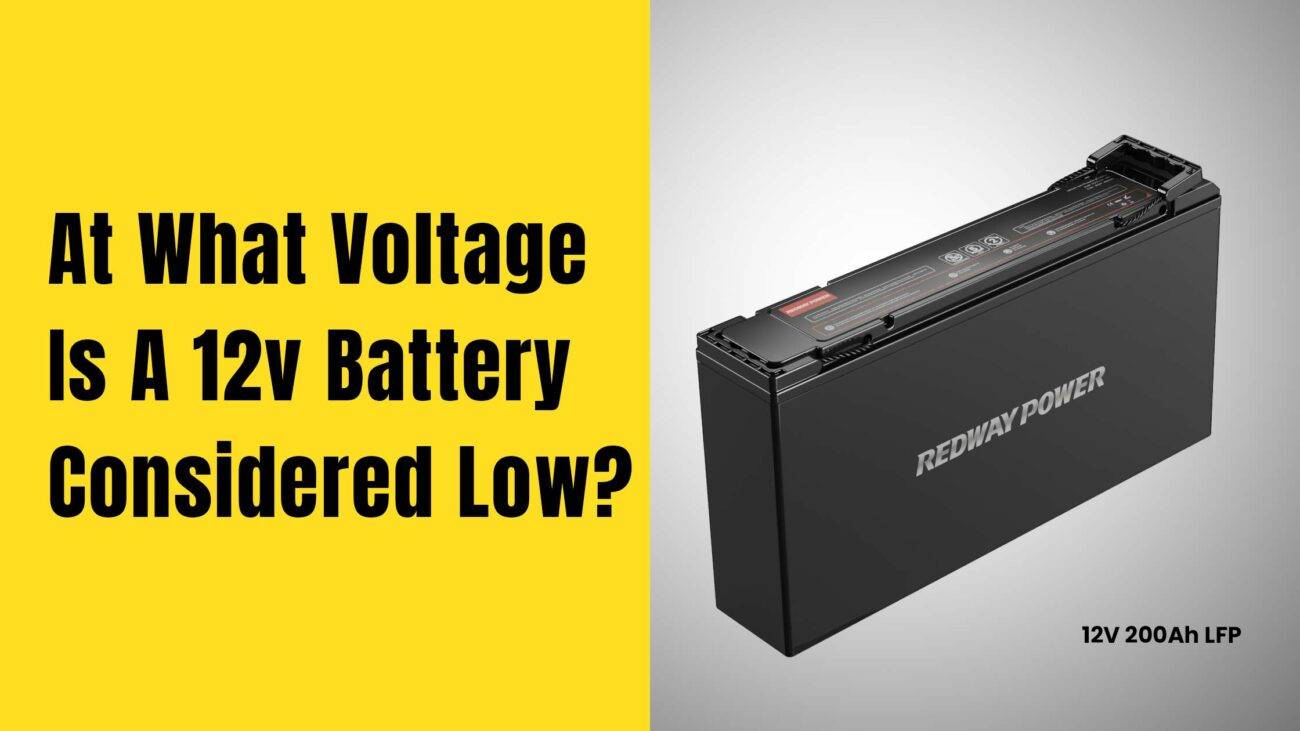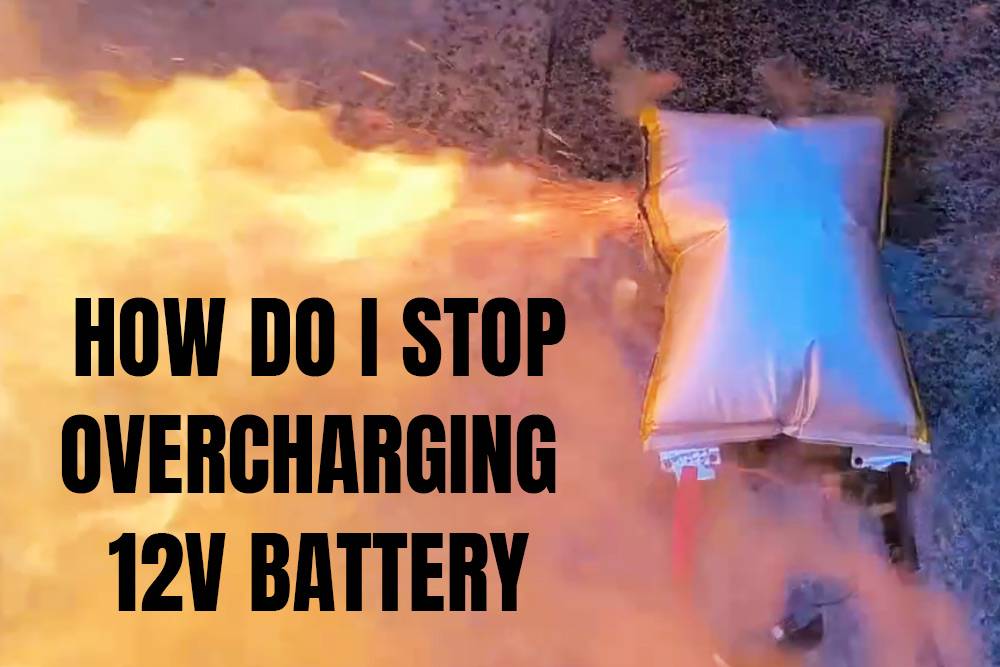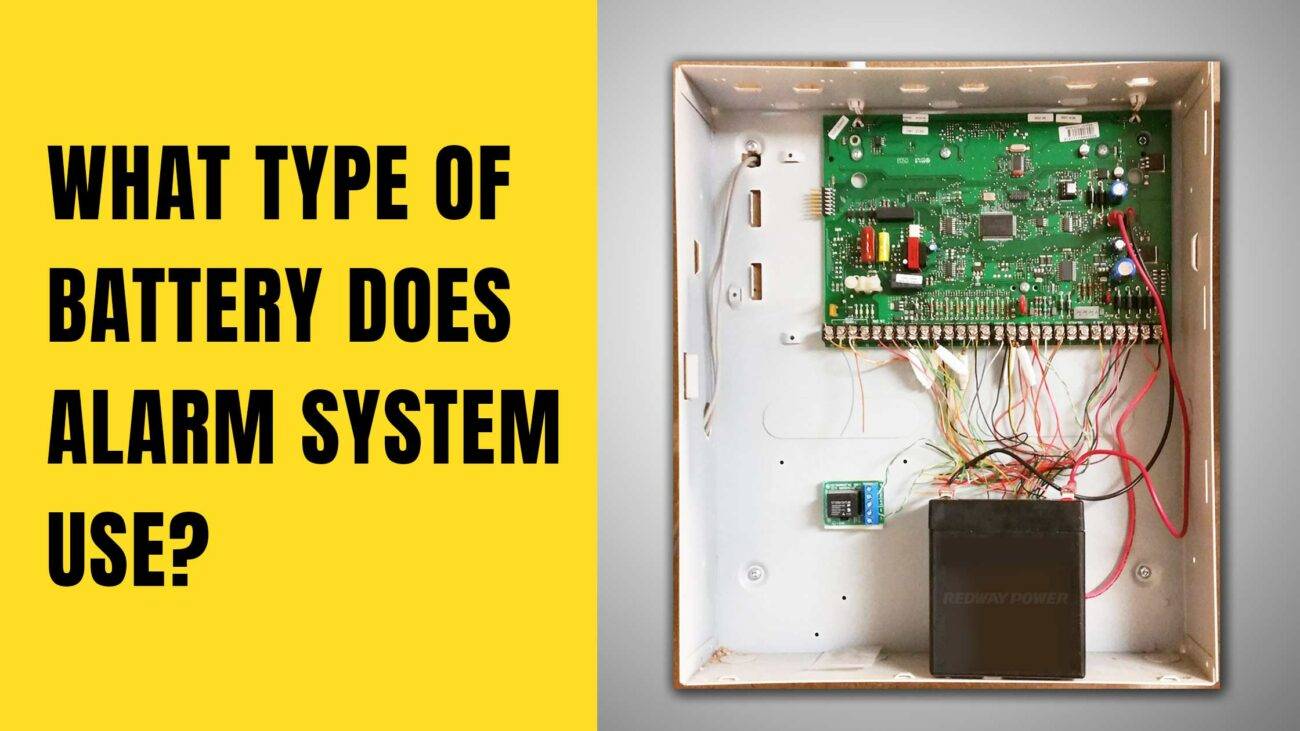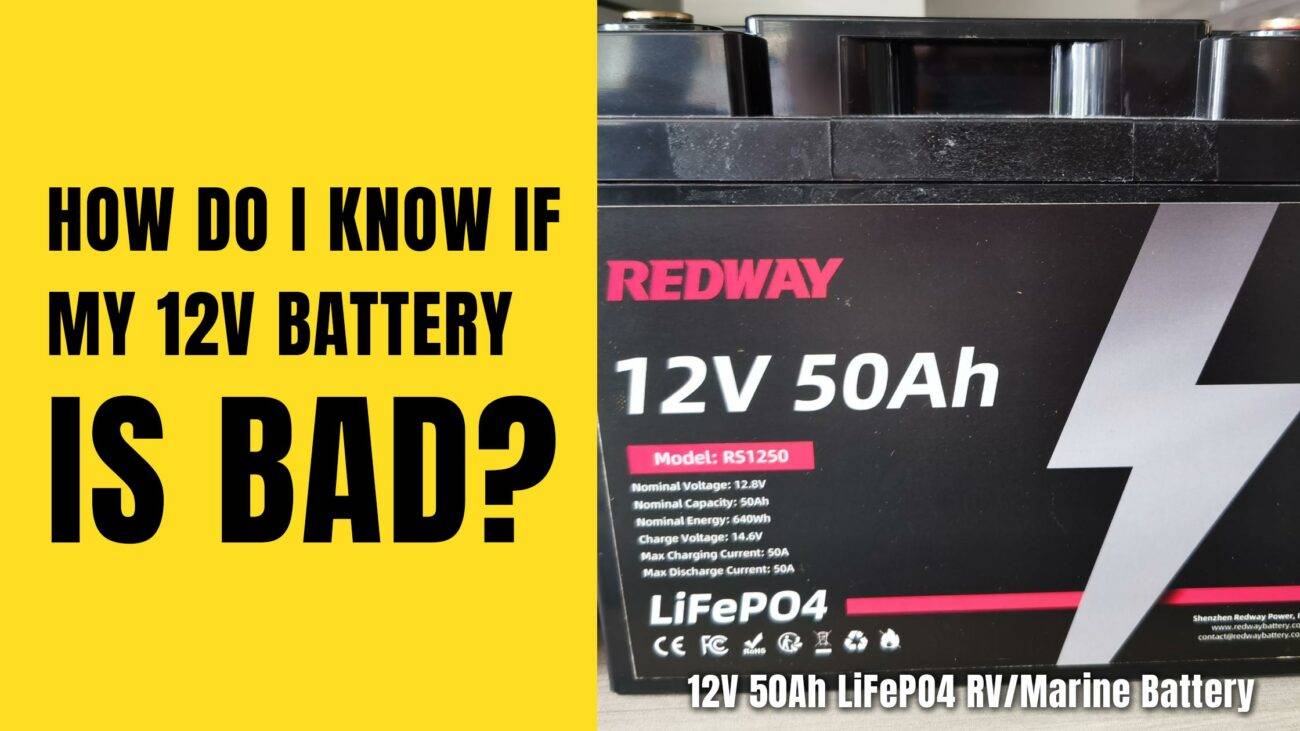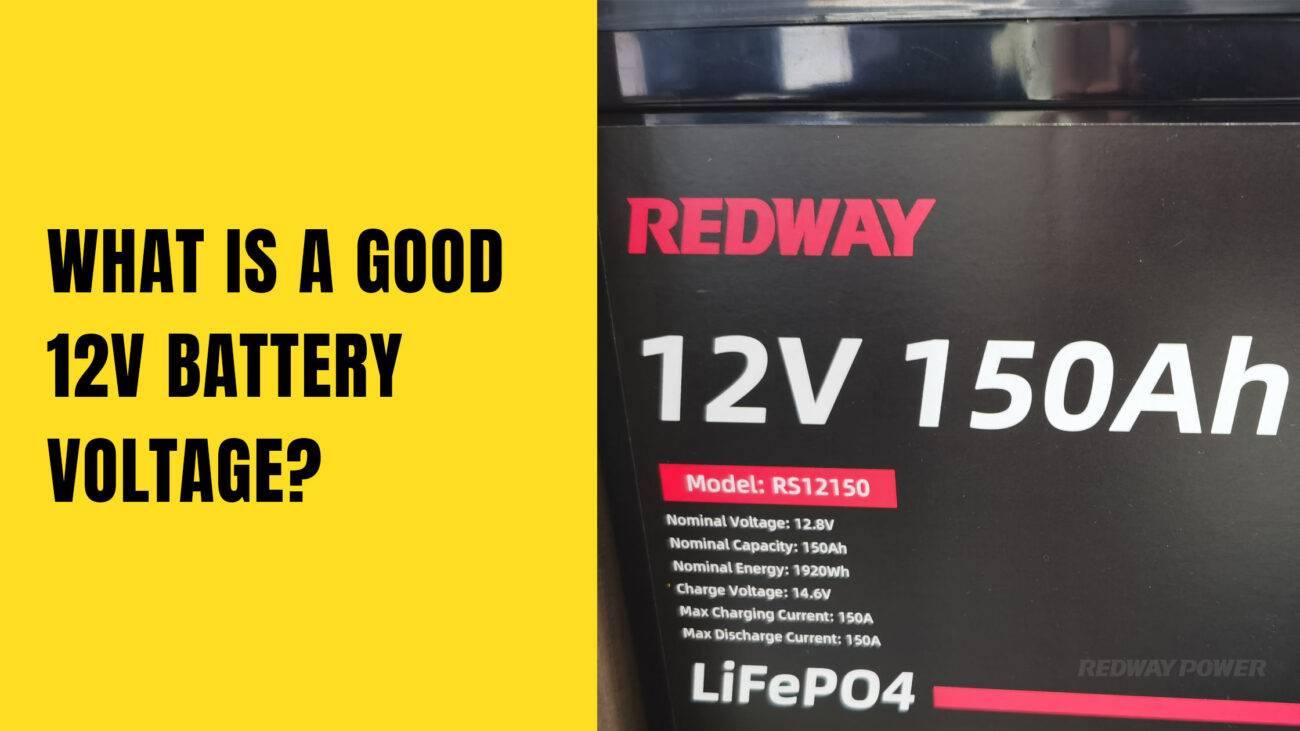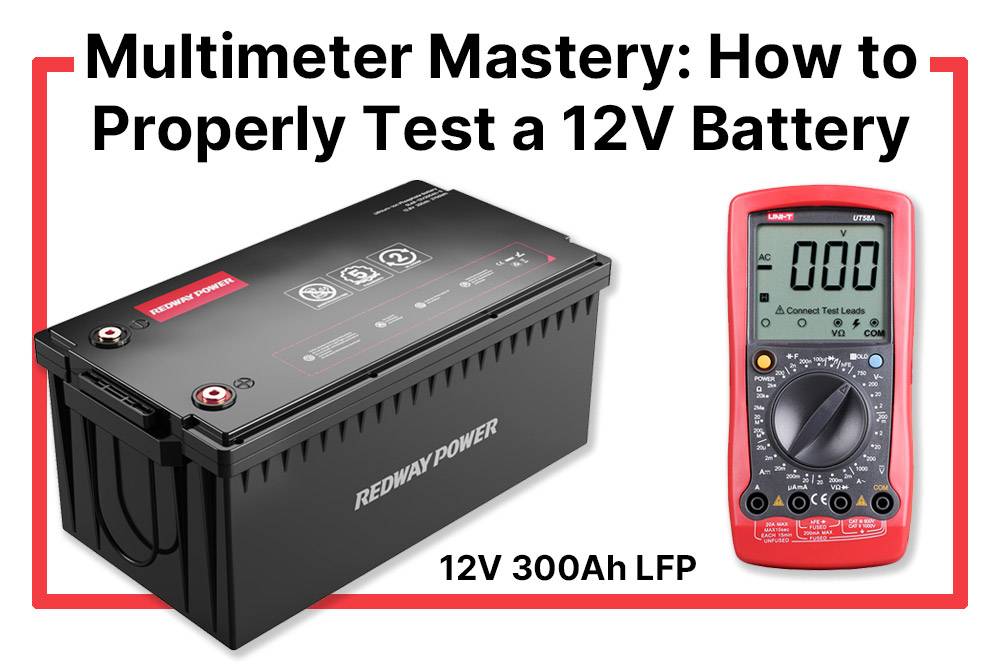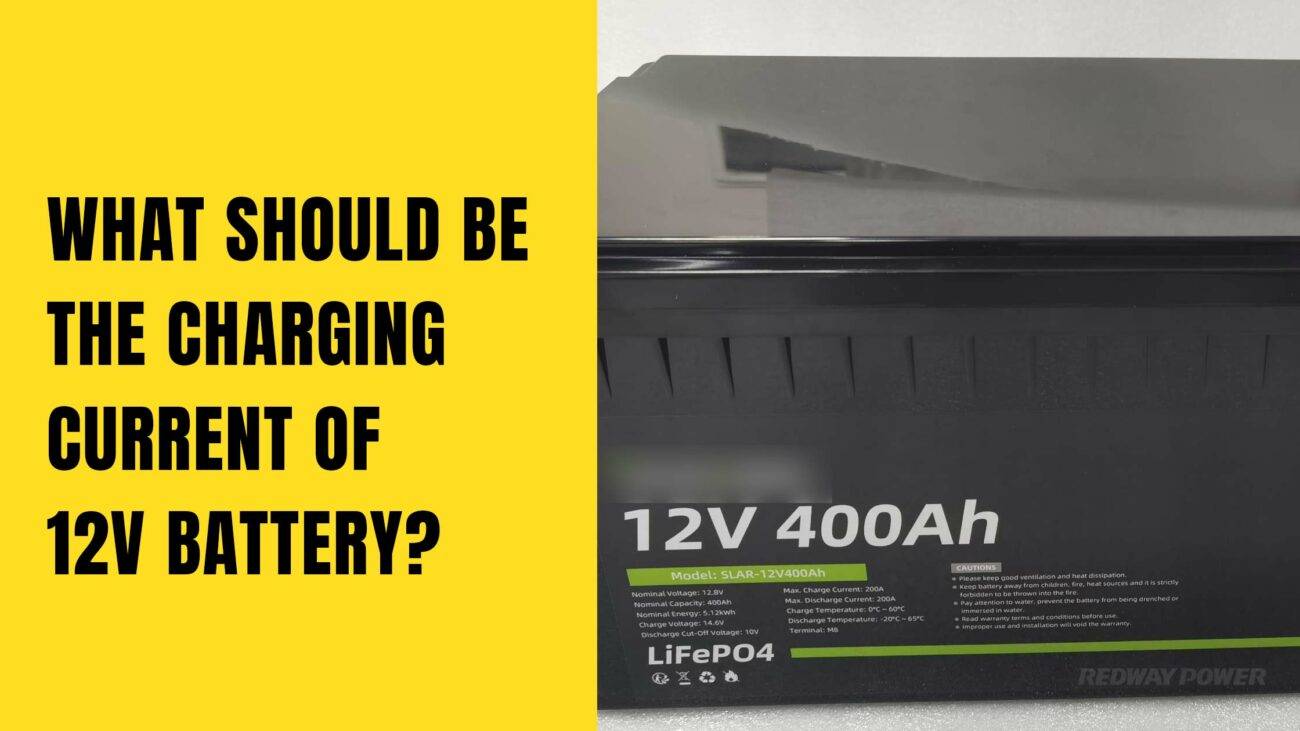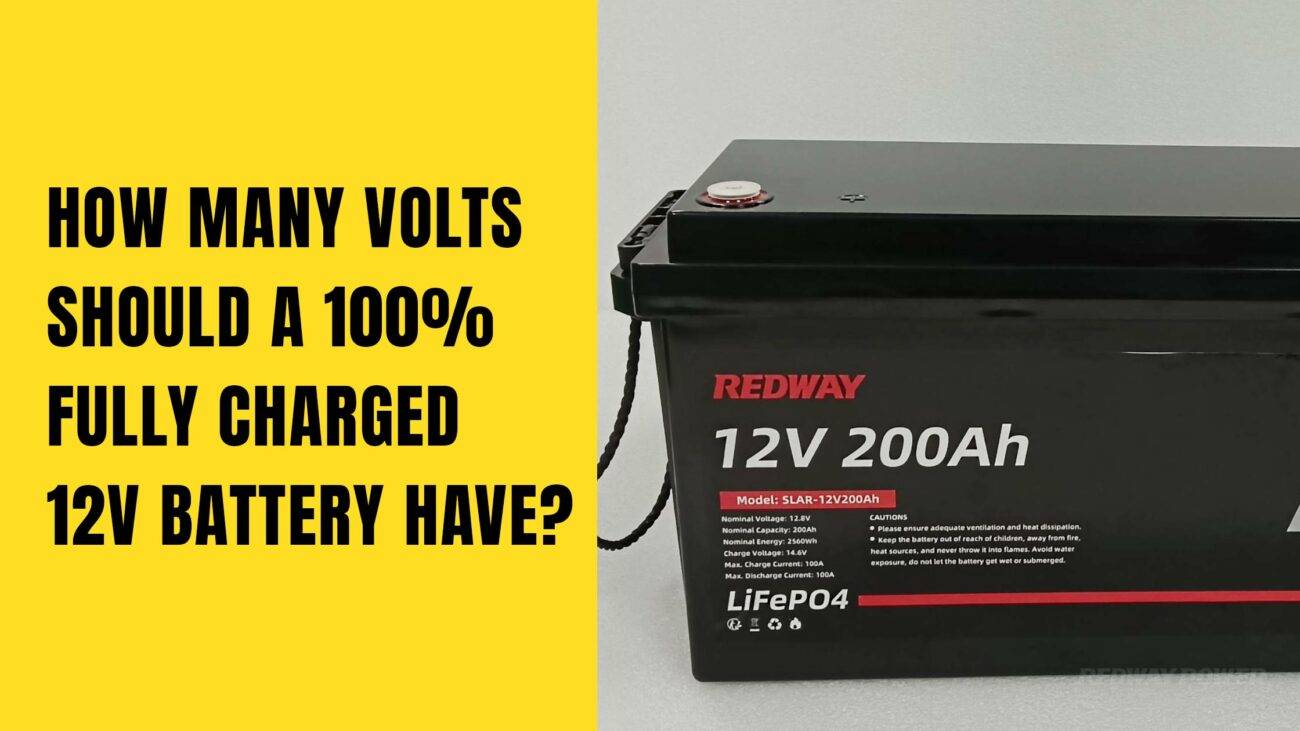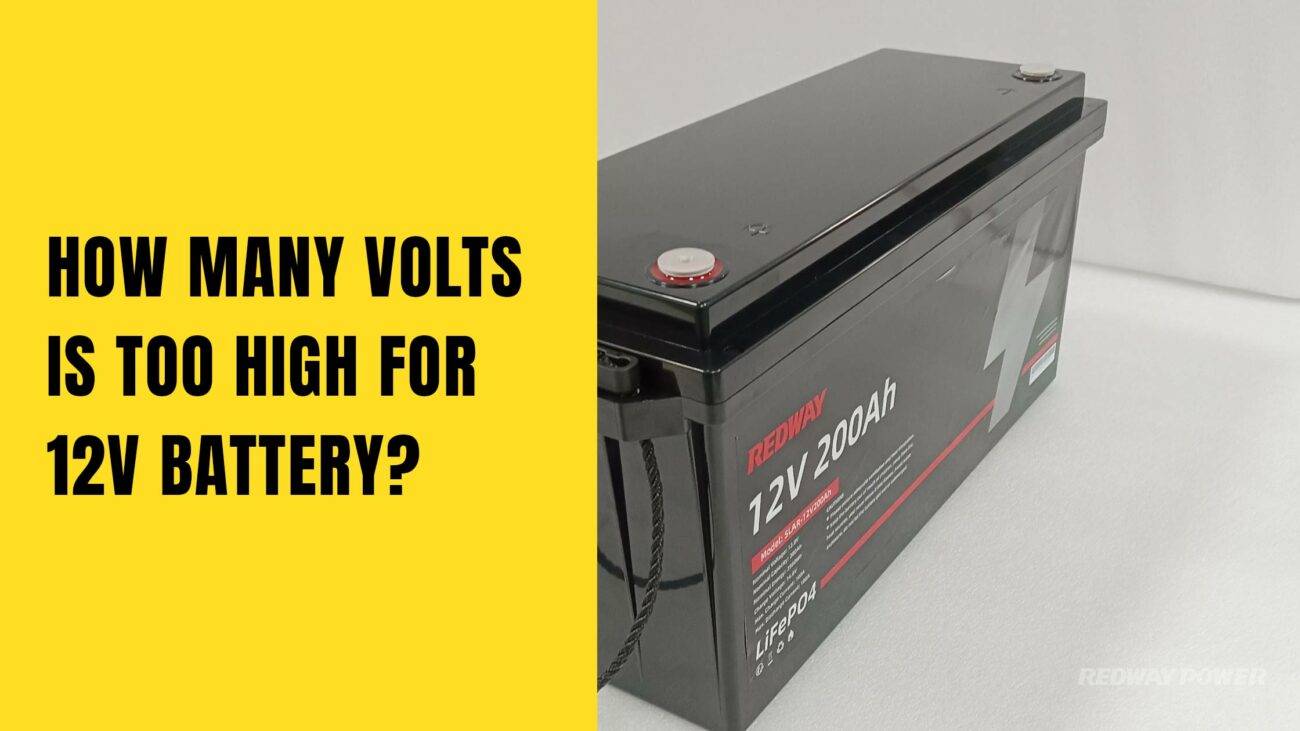- Forklift Lithium Battery
-
48V
- 48V 210Ah
- 48V 300Ah
- 48V 420Ah (949 x 349 x 569 mm)
- 48V 420Ah (950 x 421 x 450 mm)
- 48V 456Ah
- 48V 460Ah (830 x 630 x 590 mm)
- 48V 460Ah (950 x 421 x 450 mm)
- 48V 460Ah (800 x 630 x 600 mm)
- 48V 460Ah (820 x 660 x 470 mm)
- 48V 500Ah
- 48V 560Ah (810 x 630 x 600 mm)
- 48V 560Ah (950 x 592 x 450 mm)
- 48V 600Ah
- 48V 630Ah
-
48V
- Lithium Golf Cart Battery
- 12V Lithium Battery
12V 150Ah Lithium RV Battery
Bluetooth App | BCI Group 31
LiFePO4 Lithium
Discharge Temperature -20°C ~ 65°C
Fast Charger 14.6V 50A
Solar MPPT Charging - 24V Lithium Battery
- 36V Lithium Battery
- 48V Lithium Battery
-
48V LiFePO4 Battery
- 48V 50Ah
- 48V 50Ah (for Golf Carts)
- 48V 60Ah (8D)
- 48V 100Ah (8D)
- 48V 100Ah
- 48V 100Ah (Discharge 100A for Golf Carts)
- 48V 100Ah (Discharge 150A for Golf Carts)
- 48V 100Ah (Discharge 200A for Golf Carts)
- 48V 150Ah (for Golf Carts)
- 48V 160Ah (Discharge 100A for Golf Carts)
- 48V 160Ah (Discharge 160A for Golf Carts)
-
48V LiFePO4 Battery
- 60V Lithium Battery
-
60V LiFePO4 Battery
- 60V 20Ah
- 60V 30Ah
- 60V 50Ah
- 60V 50Ah (Small Size / Side Terminal)
- 60V 100Ah (for Electric Motocycle, Electric Scooter, LSV, AGV)
- 60V 100Ah (for Forklift, AGV, Electric Scooter, Sweeper)
- 60V 150Ah (E-Motocycle / E-Scooter / E-Tricycle / Tour LSV)
- 60V 200Ah (for Forklift, AGV, Electric Scooter, Sweeper)
-
60V LiFePO4 Battery
- 72V~96V Lithium Battery
- Rack-mounted Lithium Battery
- E-Bike Battery
- All-in-One Home-ESS
- Wall-mount Battery ESS
-
Home-ESS Lithium Battery PowerWall
- 24V 100Ah 2.4kWh PW24100-S PowerWall
- 48V 50Ah 2.4kWh PW4850-S PowerWall
- 48V 50Ah 2.56kWh PW5150-S PowerWall
- 48V 100Ah 5.12kWh PW51100-F PowerWall (IP65)
- 48V 100Ah 5.12kWh PW51100-S PowerWall
- 48V 100Ah 5.12kWh PW51100-H PowerWall
- 48V 200Ah 10kWh PW51200-H PowerWall
- 48V 300Ah 15kWh PW51300-H PowerWall
PowerWall 51.2V 100Ah LiFePO4 Lithium Battery
Highly popular in Asia and Eastern Europe.
CE Certification | Home-ESS -
Home-ESS Lithium Battery PowerWall
- Portable Power Stations
What is Charge Current? Understanding Amps in a 12V Battery
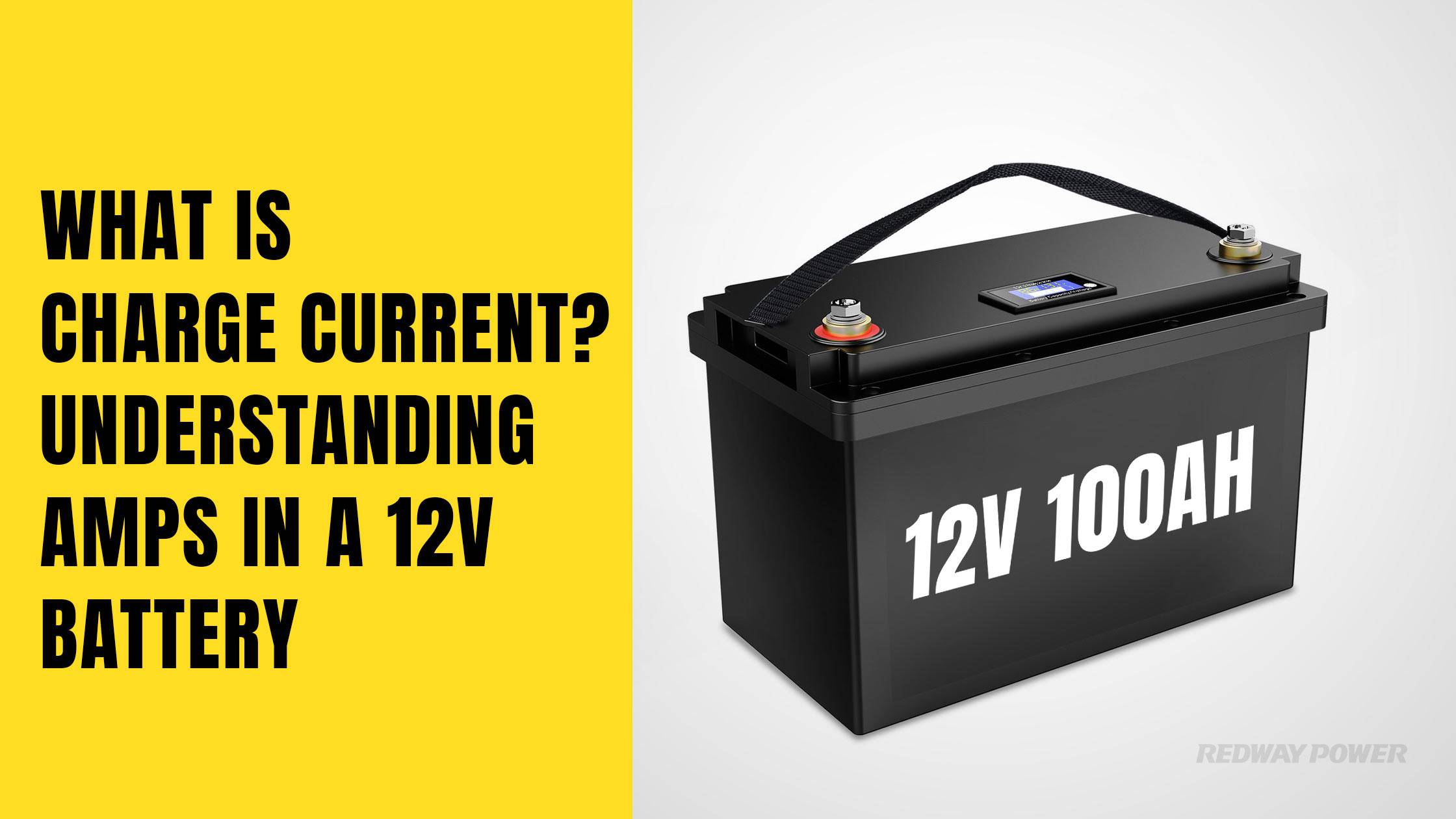
Charge current refers to the flow of electric current (measured in amps) into a battery during the charging process. In a 12V battery system, understanding charge current is essential for optimizing battery performance and longevity. This article explores how amps relate to voltage, how to calculate charge current, and factors influencing it.
What is Charge Current in a 12V Battery?
Charge current is the amount of electrical current supplied to a battery during charging. For a 12V battery, this current is crucial as it determines how quickly the battery can be charged and affects its overall health. A higher charge current can lead to faster charging but may also increase heat generation, which can degrade battery life if not managed properly.Chart: Charge Current Recommendations
| Battery Type | Recommended Charge Current (Amps) | Maximum Charge Current (Amps) |
|---|---|---|
| Lead-Acid | 10% of Ah rating | 20% of Ah rating |
| AGM | 10% of Ah rating | 25% of Ah rating |
| Lithium-Ion | Up to 1C (equal to Ah rating) | Manufacturer’s specification |
How do Amps Relate to Voltage in a Battery?
In electrical systems, amps (current) and volts (voltage) work together to determine power output. The relationship can be described by the formula:
Power Watts =Voltage Volts ×Current Amps
For example, in a 12V system, if the charge current is 5 amps, the power being supplied is 12V×5A=60W. Understanding this relationship helps users determine how much power their devices will consume and how long they can operate on battery power.What are the Different Types of Amps in Batteries?
There are several types of amperage measurements relevant to batteries:
- Continuous Amperes: The maximum current that can be drawn continuously without overheating.
- Cranking Amperes: The amount of current a battery can provide for starting an engine at cold temperatures.
- Ampere-Hours (Ah): A measure of how much current a battery can supply over time; for example, a battery rated at 100Ah can theoretically provide 5 amps for 20 hours.
Chart: Types of Amperes
| Type | Definition |
|---|---|
| Continuous Amperes | Maximum sustained current |
| Cranking Amperes | Current available for starting engines |
| Ampere-Hours (Ah) | Total capacity over time |
How to Calculate the Charge Current of a 12V Battery?
To calculate the charge current for a specific application, use the following formula:
Charge Current Amps =Battery Capacity Ah Charging Time Hours
For instance, if you have a 100Ah battery and want to charge it in 10 hours, the required charge current would be:
Charge Current=100Ah10h=10A
This calculation helps ensure that you select an appropriate charger that matches your battery’s specifications.What Factors Affect the Charge Current of a 12V Battery?
Several factors influence the charge current during the charging process:
- Battery Chemistry: Different types of batteries (lead-acid, AGM, lithium-ion) have varying optimal charge currents.
- Temperature: Charging at extreme temperatures can affect efficiency; colder temperatures may reduce performance.
- State of Charge: A deeply discharged battery may accept higher currents initially but will taper off as it approaches full charge.
- Charger Specifications: The charger’s output capacity must match or exceed the required charge current for efficient charging.
Industrial News
Recent advancements in battery technology have led to more efficient charging methods and improved battery chemistries. Companies are developing smart chargers that automatically adjust charge currents based on temperature and state of charge, enhancing battery lifespan and performance. Innovations such as solid-state batteries promise even greater efficiency and safety in energy storage solutions.
Redway Power Expert Views
“Understanding charge current is vital for anyone using batteries regularly,” explains Jane Doe, an expert from Redway Power. “Using an appropriate charger that matches your battery’s specifications not only ensures efficient charging but also prolongs its lifespan by preventing overheating and damage.”
Frequently Asked Questions
- What is charge current?
Charge current refers to the flow of electric current into a battery during charging, measured in amps. - How do I calculate the charge current for my battery?
You can calculate it using the formula: Charge Current (Amps) = Battery Capacity (Ah) / Charging Time (Hours). - What factors affect how quickly my battery charges?
Factors include battery chemistry, temperature, state of charge, and charger specifications. - Is there an optimal charge current for different battery types?
Yes, different batteries have recommended charge currents; lead-acid typically requires about 10% of its Ah rating.
